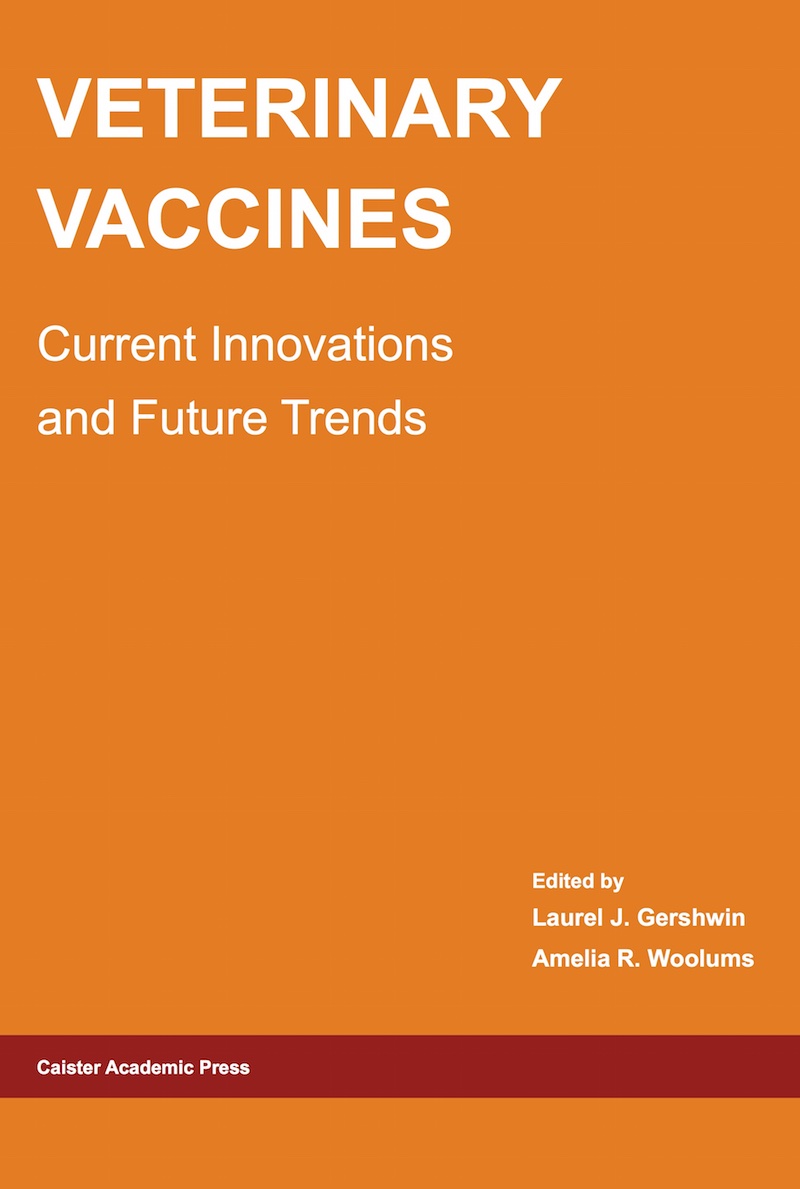Exploring the Population Dynamics of Multiple Campylobacter Strains in Poultry
Fran M. Colles and Martin C.J. Maiden
from: Campylobacter Ecology and Evolution (Edited by: Samuel K. Sheppard). Caister Academic Press, U.K. (2014)
Abstract
In order to reduce the burden of human Campylobacteriosis, there is an urgent need to better understand the natural ecology of Campylobacter amongst poultry flocks, so that effective on-farm intervention strategies may be designed. Broiler flocks contaminated early in the production cycle, as well as older birds, may be colonised by multiple strains of Campylobacter. There is evidence that Campylobacter strains are unevenly distributed amongst individual birds within a flock and that faecal samples are efficient in capturing diversity at a flock level. Campylobacter strains are not necessarily cleared from a flock and may persist for some time, meaning that the diversity of Campylobacter strains that can be isolated from a flock may increase over time. Groups of wild birds are typically colonised by a high diversity of Campylobacter strains which may be a consequence of diversifying selection generated by host-pathogen interactions. However, studies of Campylobacter population dynamics over more than a few weeks are hindered by conventional sampling methods and the short life cycle of broiler chicken flocks. The precise mechanisms controlling the dynamics of Campylobacter colonisation are likely to be multifactorial and remain to be fully understood read more ...



